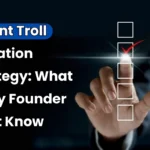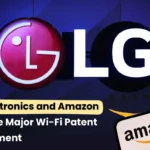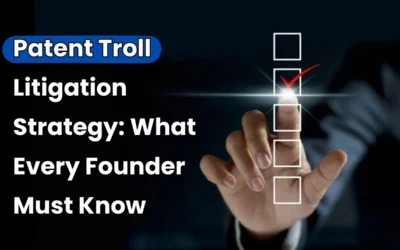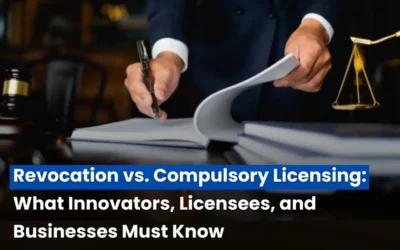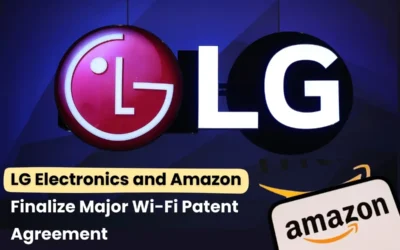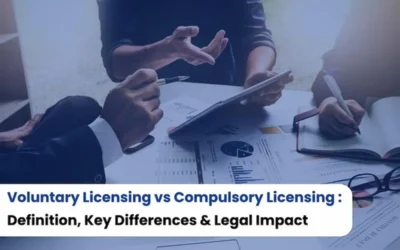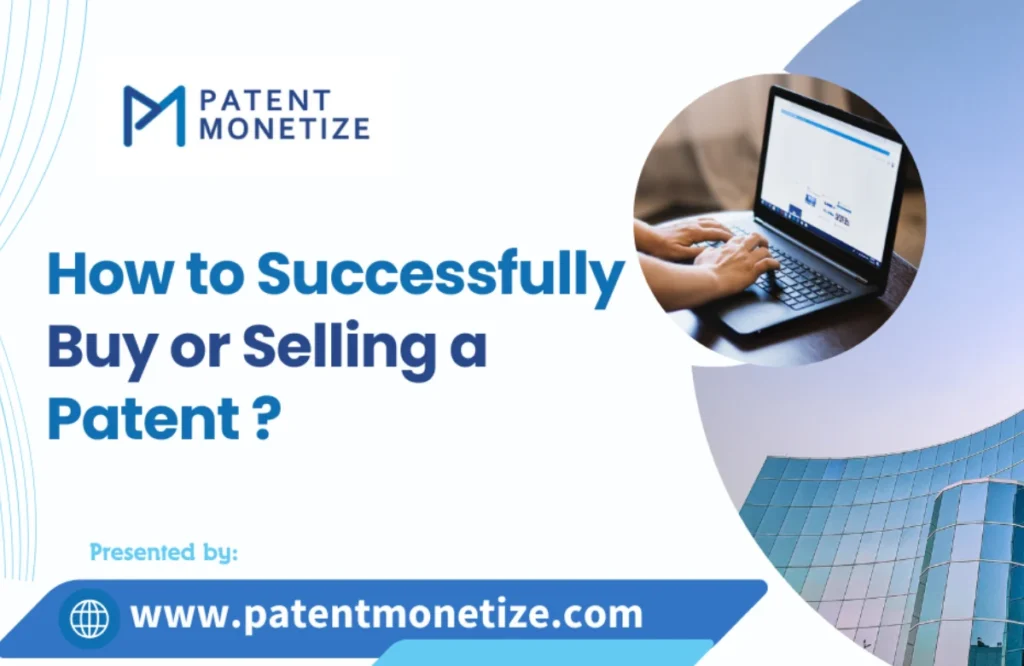
With the rapid innovation economy of the times, intellectual property (IP) is perhaps the most highly prized asset that any company, or individual, can own. Whether you are a new start-up founder with a game-changing innovation or an established firm looking to diversify your tech holdings, it is crucial that you understand how to buy or selling a patent The following is a step-by-step walkthrough of both transactions—purchasing and selling patents—with remarks on legal, strategic, as well as business considerations.
Securing the Significance of Patents
Patent is the government-granted right to allow an inventor to prevent other people from making, selling, or using his invention for a number of years, typically 20. Legal protection converts new concepts into tangible economic properties. A patent, be it one has to sell or purchase, means or involves obtaining such rights to a limited person and not a right as in normal business transactions. Patents exist for products, processes, designs, or software, and their commercial value is usually in the saleability. A broad-claiming, enforceable patent that’s applicable to the marketplace is a business treasure—whether you wish to profit from your invention or build a competitive edge.
Why You Might Want to Sell a Patent
To inventors and small companies,selling a patent offers a quick means of earning returns without necessarily having to produce or sell a product. If you do not have the capability or resources to sell your invention, selling it to someone who has these is advisable. The sale can be a lump sum cash payment or a negotiated agreement in the form of milestone payments or royalties. Additionally, selling a patent enables inventors to stay focused on what they are good at—innovate—and leave the commercialization to someone else. Selling a patent is also a means of not having to pay the recurring costs of keeping a patent, including renewal fees, legal upkeep, and foreign filings.
The Process of Selling a Patent
To effectively market a patent, ensure that you verify it first for validity and legality. It should be valid, all its renewal fees having been paid, and documents having been renewed. Documental backing in the form of the patent certificate, the comprehensive description of the invention, the technical details, and marketability evidence has to be accomplished before approaching would-be buyers. Then you will need to identify the appropriate channel through which to sell your patent. There are certain websites like PatentAuction.com, IAM Market, and IP Marketplace that give inventors an opportunity through which they can list patents for global visibility. Alternatively, you can hire patent brokers or approach companies working in your niche directly. Negotiation is a part of the process of sale. Both the buyer and seller must agree on sale terms, such as whether sale is equal to full rights, partial rights, or rights in a specific territory. Assignment agreement must be signed, and transfer of ownership duly registered in the concerned patent office to finalize the process legally. Help in preparing a French translation of a German text.
Why Buying a Patent Can Be an Investment ?
Meanwhile, buying a patent is also a business tactic for companies who want to innovate or defend their market share. Companies buy patents to accelerate product development, enter new markets, deter others, or license the technology to others for money. Purchasing a patent enables the purchaser to obtain an existing idea without spending years on research and development. It saves money, lowers risk, and decreases time-to-market. It also provides legal protection, which will keep competitors from utilizing the patented technology without permission.
How to Buy a Patent
If you’re interested in purchasing a patent, begin by defining your goals. Do you want to add to an existing product line, create a new emerging market niche, or construct a portfolio of IP assets? Once you’ve set your goals, proceed to search for proper patents through authoritative sources such as online IP marketplaces, patent brokers, or open databases such as Google Patents and USPTO. Due diligence is very important while buying a patent. Check for the legal status, ownership, and scope of the patent before you even make an offer. Check whether it has been litigated, evaluate the risk of infringement, and determine its enforceability. You can even run a Freedom to Operate (FTO) search to check whether use of the patent would be infringing other IP rights. After identifying a patent and conducting due diligence, negotiate. Exclusive acquisition price, exclusivity, and rights of use are terms that must be defined. Both parties then agree and execute an assignment agreement and formally record the transfer with the relevant patent office.
Legal and Strategic Issues
There must be legal advice in selling or purchasing a patent. Patent law is applied, which is cross-jurisdictional or global sales between countries or states. A shrewd intellectual property attorney can draft or discuss contracts, offer risk guidance, and adhere to law. Timing is also strategic. It would be in the interest of selling patent at terminal life of patent to the person who would like to extend it, while it would be in the interest of buying a patent at early life when the patent is used in a product which operates round-the-clock in business. It is a realization of the life of the patent and its economic value that stops the two from making a folly.
Conclusion
Regardless of your need, selling inventions for cash or selling or buying a patent, buying or selling a patent is the alchemy of the new economy of invention. Both seller and buyer can leverage the power of intellectual property with proper preparation, expert guidance, and a marketing strategy. And as technology continues to move even more rapidly, the players who will utilize the opportunity in the patent market will be well-positioned to dominate markets.
